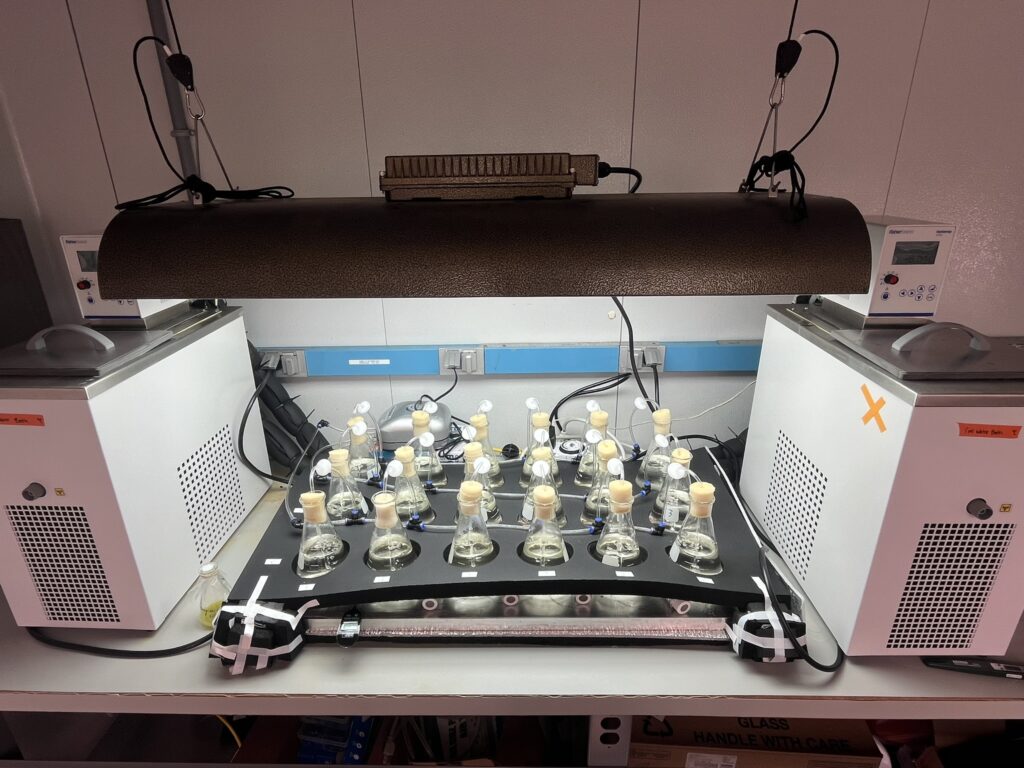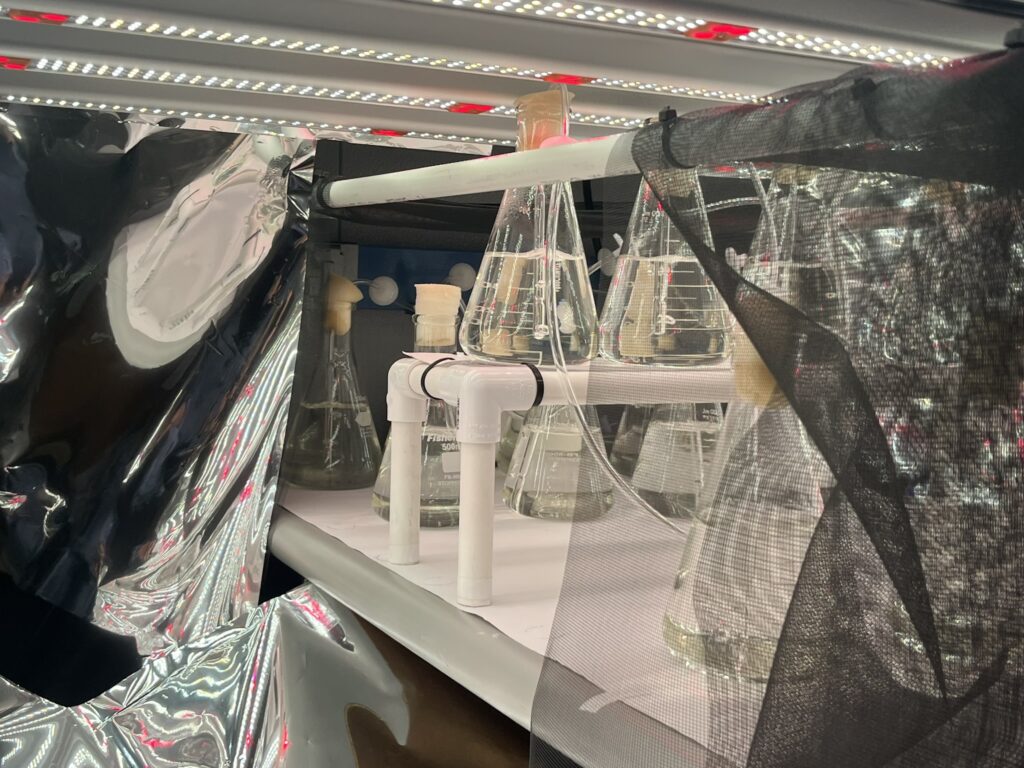A harmful algal bloom (HAB) can be defined as the rapid growth of an algal species, which produces multiple deleterious effects on the local ecosystem. HAB impacts can range from unsightly algal mats, to odor and taste impacts on drinking water, to the production of powerful toxins which impair human and ecological resource uses. HABs can occur in freshwater, estuarine or marine ecosystems, and occur in all 50 states, with many instances becoming major environmental problems. They have significant human and environmental health effects, shut down drinking water supplies, interrupt tourism, and incur negative economic effects on industries that require clean water. HABs in riverine ecosystems are increasing in severity and frequency. Understanding riverine HABs is complicated because of complex hydrogeology, water quality, and biology. Though we understand the general conditions that support bloom formation (i.e., low flow, high temperatures, available nutrients), specific predictions of bloom timing and location are not well defined. We know even less about how to thwart bloom development, predict the extent of toxin production, reduce bloom duration, or effectively remediate blooms.
The relationships of nutrients and other environmental triggers to HAB initiation and toxin production are still poorly understood, particularly in flowing systems, and bloom triggers are likely both habitat and species specific. The dynamic nature of moving water produces a constantly changing environment that makes predicting HABs more difficult than in lentic waters. If specific HAB triggers are not known, then large-scale actions to reduce nutrients or alter the environment to mitigate HABs will not be successful.
The goal of this research is to determine the environmental parameters that trigger HAB initiation and toxin production in managed river systems and associated reservoirs spanning temperate to sub-tropical regions. Specifically, this work will identify how linked ecosystems in a watershed (e.g., terrestrial areas, small streams, large rivers, reservoirs, wetlands) contribute to HABs. These data will be integrated into predictive models to better forecast the occurrence, severity, and toxicity of blooms. Most importantly, the data will identify critical areas in a watershed, and thus critical sources (e.g. agriculture, stormwater management) where prevention strategies may be initiated. To complement the modeling work, this collaboration will explore applied ecological approaches to pre-HAB avoidance and post-HAB remediation. Collaborators on this project include Marshall University, Mississippi State University, Auburn University, and the University of Kentucky.


Algal growth bioassays measuring how both nutrients, light, and temperature impact riverine phytoplankton community structure
